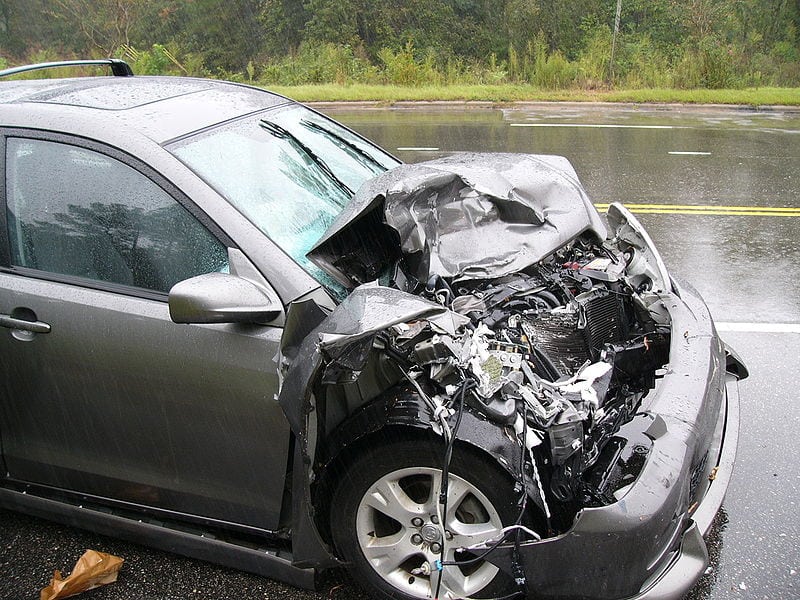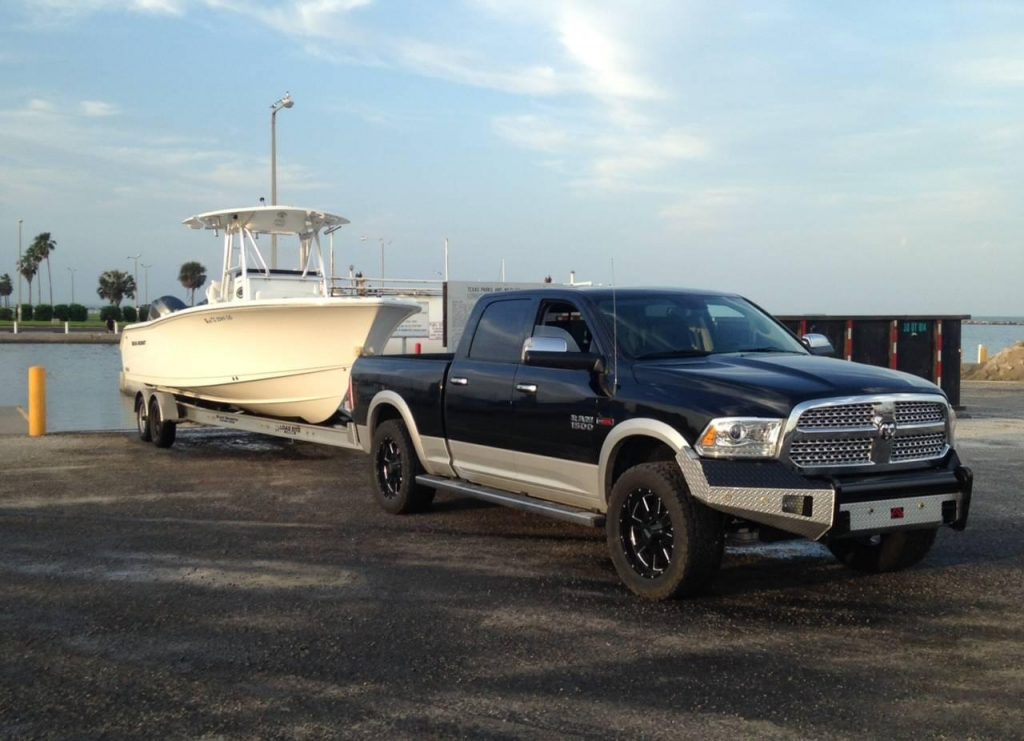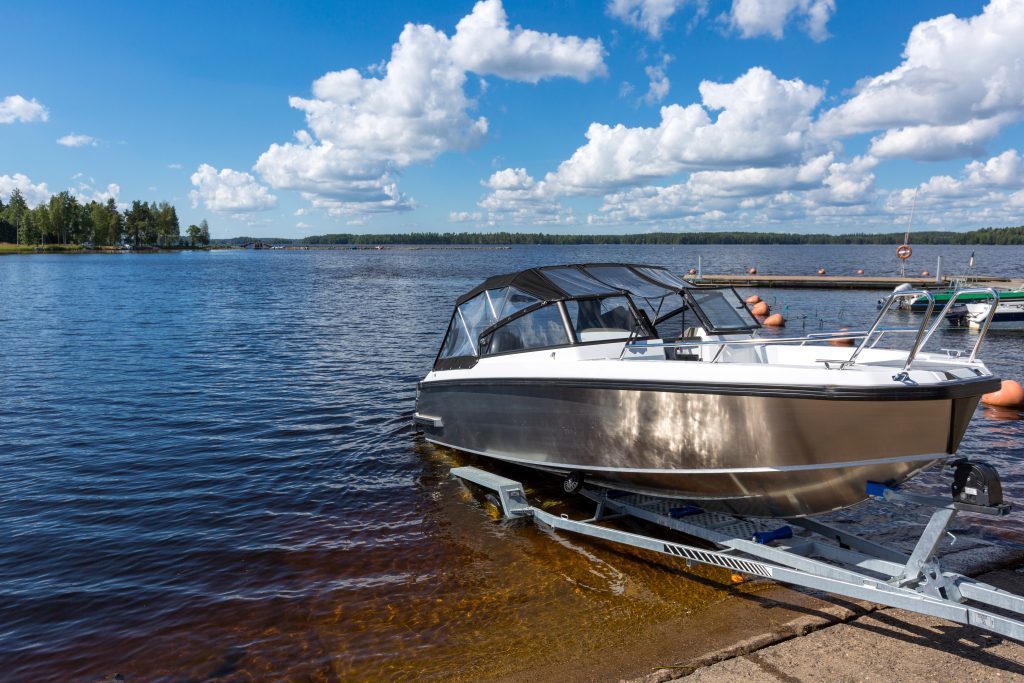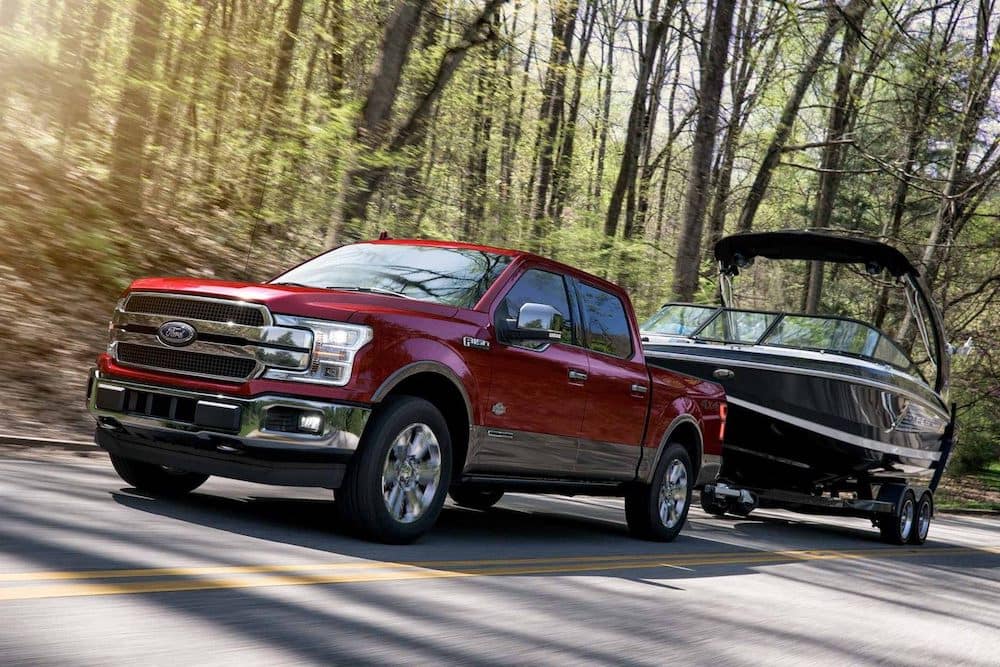Hauling huge cargo on the road such as boats isn’t as simple as placing them on a set and wheels and driving on your way. You need to know how to use boat trailers and maintain their longevity properly. Even towing them along comes with a set of rules that you must follow. If you’re a beginner at towing boat trailers, here’s a guide that’ll help you navigate the proper use of trailers within the bounds of the law.
Learn the Law and Regulations
You have your equipment ready for use, but you must be aware that there’s a law surrounding the ownership of private trailers in every state. Rules can vary from one location to another, which you should determine first. You can acquire the information you need at your state department of transportation. Before towing, you must have the following:
- Updated state registration
- Latest state license plates
- Trailer lights in good working order
Different sized boat trailers also come in aluminum with varying specifications and limitations. State rules also apply to the sizes of these trailers to help keep road safety measures. Trailers exceeding 8.5 feet wide should obtain the Department of Transportation’s right permit because it can be towed at the highway. The maximum length allowed per state is at 30-60 feet, and any trailer weight exceeding 3,000 pounds must have brakes, although some states are lenient in this regard.
Preparation for Safe Towing
- When you’re pulling extra weight, such as a boat trailer, you need to determine how much it weighs and the boat’s weight, fuel, and the other contents inside. Overloading has been recognized as a hazard by the National Department of Transport.
- Your movement on the road can be affected by how much weight you’re pulling, and it poses the following risks to you and the other motorists. Vehicles vary at the capacity they can carry. A car pulling additional weight is more challenging to steer, stops slower, and less stable. A driver experiencing difficulty in controlling the vehicle is highly likely to cause an accident.
- Choosing the right trailer means one that comes with a capacity plate, hitch, and safety chains. The capacity plate has information regarding how much human weight, horsepower, and the sum of the persons’, gears, and motor’s weight in pounds. Pay attention to the tongue weight, which should only be 10% to 15% of the trailer’s total gross weight.
- Match the trailer class to the appropriate hitch and ensure that the coupler is secure with the hitch before leaving. The tow hitch and the coupler must be at the same size to prevent the likelihood of accidents.
- Different classes of trailers have respective towing weights that you must adhere to. Matching them in their proper capacities will make driving easier for you. Trailers under Class 1 can carry up to 2000lbs; Class 2 can carry from 2001 to 3500lbs; Class 3 trailers can accommodate a weight of 3501 to 5000lvs, and Class 4 can carry weights 5000lbs to 12000lbs.
- Let’s say you decided to use a work truck to pull a boat trailer. If you plan to get one, do your research first. The car must also be able to pull the boat trailer safely. Your truck must have the capacity to pull the weight of both the trailer and the boat. Compare truck specifications and see which ones can do the job for you.
Safety Tips Before Heading Out
- Always perform a safety check before pulling out of the driveway. Inspect both your vehicle, the trailer, and your towing rig. It’s essential to ensure that the hitch and safety chains are secure and crossing each underneath the tongue.
- When the load’s weight is distributed unevenly, it can create instability and cause swerving as the vehicle is moving. Ensure that the boat is placed in the middle of the trailer so that the contents’ total weight is evenly distributed.
- Trailer lights are essential, even during the daytime. Plug the trailer lights and flip the switch to make sure they’re in working order. Ensure that every function such as the brake lights, direction signals, and running lights is in good condition.
- Prevent potential damages to your vehicle and the boat by allowing enough space between the car and trailer. Your trailer must have enough backing space so that it doesn’t hit the vehicle pulling it upon stopping after an abrupt stop.
- If you have items loaded onto your boat, make sure to secure them by tying them down onto the boat’s stable fixtures. The last thing you want is to find the items strewn across the boat with damages you don’t want.
- Road safety also includes learning how to anticipate and adapt to road changes. When you have a trailer attached to your car, you need to be alert to quickly make decisions regarding traffic signals, changes in lanes, road conditions, and trailer movement. Keep the track of the trailer from swaying side to side and make adjustments to prevent it from bumping into other vehicles on the road.
- Be aware of weather conditions and stay at home when the wind can blow stronger than needs to be. Strong winds can affect the rig by the passing trucks. It would help if you were patient and ready to adjust to sudden shifting. Sudden weather changes can also occur suddenly, so be prepared and find the nearest stop to park your car and trailer in the meantime. The last thing you need is to be trapped by strong blowing winds that may threaten your safety.
- Backing up with a trailer is the tricky part of transportation. Looking through the rearview mirror can also be problematic when the trailer is blocking it. Be patient and create partial turns to allow the trailer to follow your vehicle naturally. Before the actual trip, you can devise a strategy on how to properly back a trailer. You can do this on an empty parking lot, or a large clearing.
In Conclusion
Boating is an activity that many enjoy, and if you’re thinking of getting one and a trailer to carry it to the water, start by learning the different types of trailers appropriate to the boat you have. Also, don’t forget to learn about the state laws regarding the trailer you have, as they will also help you prevent accidents. Finally, responsible ownership also includes maintenance and safety measures before and after leaving your premises to protect yourself and other motorists.










